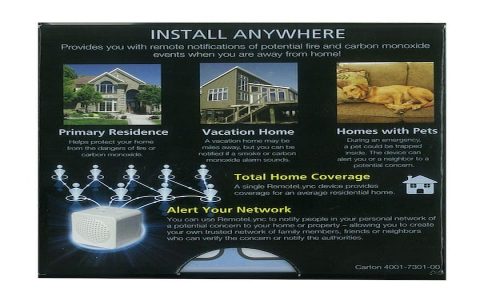Why Secure Local Access Matters
Exposing Home Assistant on port 8123 without safeguards risks unauthorized entry, data theft, or device manipulation; attackers can exploit default settings if unprotected.
Critical Security Settings to Implement
- Strong Authentication: Enforce complex passwords via the Users menu, using 12+ characters with uppercase, lowercase, numbers, and symbols; avoid defaults like admin.
- HTTPS Encryption: Generate SSL certificates using Certbot or Home Assistant's built-in tools to encrypt traffic and prevent man-in-the-middle attacks.
- Firewall Restrictions: Configure your router or host firewall to block external access except from trusted local IP addresses, denying all WAN requests on port 8123.
- IP Filtering and Access Lists: Add allowed IP addresses via NGINX proxy or Home Assistant's * to permit only specific devices within your network.
- Regular Updates: Patch Home Assistant and OS frequently to close vulnerabilities, monitored via the Supervisor panel.
- Disable Unnecessary Features: Turn off unused integrations and APIs (e.g., legacy REST API) to minimize attack surfaces.
Step-by-Step Action Plan
- Log into Home Assistant, navigate to Configuration > Users, and set strong credentials.
- Create SSL certificates under Settings > Add-on Store, install a certificate add-on, and force HTTPS redirection.
- Adjust firewall rules on your router or host machine, restricting port 8123 to internal traffic only.
- Edit * to include http: and ip_ban: settings for filtering, then restart the service.
- Schedule automatic updates and audit logs weekly for anomalies.












